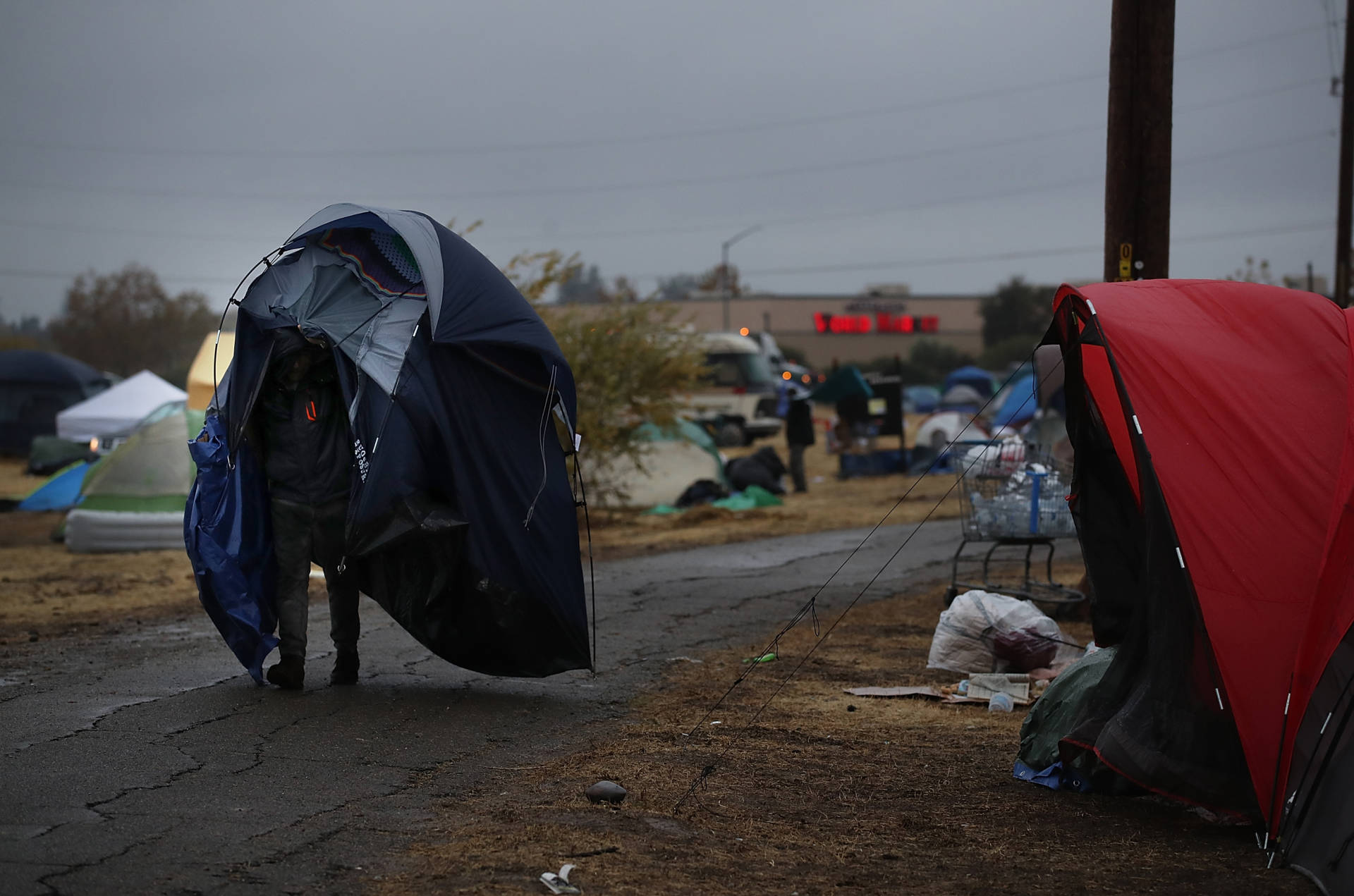Ultimately, one of the service providers key to the project — the Jesus Center — dropped out due to the backlash.
Local stakeholders said that Walmart later dropped out of the project as well, though the company would not return a request for comment. And, at the end of the day, the funding was returned.
“I had a council member call and say, ‘What are we supposed to do? There’s people everywhere,' ” said Laura Cootsona, executive director of the Jesus Center. “This was our big idea, and we had a big break because we had a funder that we don’t normally have and we’re not going to have again. I think that’s the part that’s just so sad to me.”
Chaos at the Continuum of Care
In her first year in a new position, Jennifer Griggs was having a hard time making her job work. Griggs had been hired as the Homeless Continuum of Care coordinator in Butte County the winter before the 2018 Camp Fire hit. It was her job to help connect homeless service providers with state and federal funding, conduct the biennial point-in-time homeless count and support rehousing efforts for the ballooning homeless population across Butte County.
The homeless count was conducted on a single day in March, just five months after the Camp Fire. That tally identified 2,304 sheltered and unsheltered homeless people in Butte County, many of whom were directly impacted by the fire. That's a 16% increase since 2017. But the report acknowledged that the results were likely an undercount "due to ongoing challenges in locating homeless individuals, especially those that are displaced and unhoused due to the Camp Fire."
In August, Griggs left the job — and the state.
Griggs cited many reasons for leaving. For one, while her home didn’t burn during the fire, it was damaged during subsequent floods — resulting in the loss of most of her belongings. And because of the damage to her home, Griggs and her husband spent several months living in a trailer on her property.
But she said one of the biggest reasons she left Butte County was the chaos behind the scenes at the Continuum of Care among providers and stakeholders, and a lack of empathy from residents as they tried to address the homelessness crisis in the area.
Even before the Camp Fire devastated the town of Paradise and surrounding areas in early November, the Continuum of Care system, which is responsible for assisting local providers in obtaining money to address homelessness, was already overextended — both because of funding changes at the state level and a lack of administrative and technical support.
In the summer of 2018, California created a new block of grant funding to address the homelessness crisis in the state. That funding changed the way that the Continuum of Care did business.
